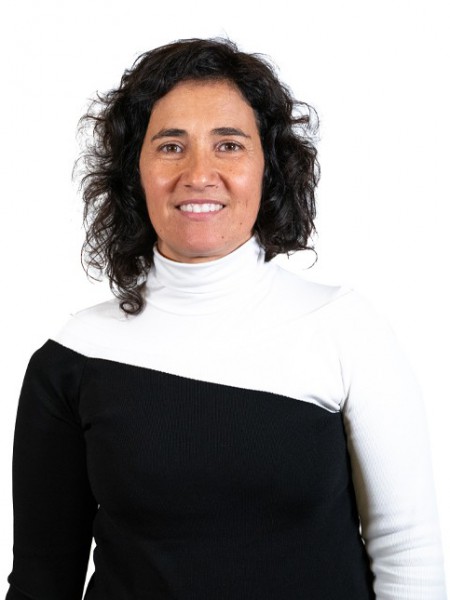abstract
Fatty foods are very susceptible to lipid oxidation caused by oxygen and light. To minimize this issue, active bioplastic materials are suitable for food packaging. In this work, the feasibility of blending locust bean milling derived dust (LBMD) with potato starch to develop heat-sealable bioplastic films for packaging sliced cheese and oat cookies was studied. Blending LBMD with starch allowed to obtain bioplastic films 2-fold more rigid (Young's modulus of ca. 48 MPa) and 1.3-fold more resistant to water (water contact angle of ca. 87 degrees) than LBMD-based films (Young's modulus of ca. 12 MPa and water contact angle of ca. 47 degrees), maintaining their UV protective capacity. LBMD/starch-based bioplastic films were used to pack cheese, with no molds or yeasts grown after 21 days, similar to petroleum-based plastic packages used as reference. Despite cheese dehydration (ca. 10% weight loss), its texture did not significantly change after the storage period. An increase (ca. 43%) in volatile com-pounds derived from cheese oxidation was observed after 7 days of storage. When used to pack oat cookies, LBMD/starch-based bioplastic films played an active role in decreasing oxidation-derived volatile compounds after 21 days of storage, maintaining their textural properties, when compared to oat cookies packaged with petroleum-based plastic. Therefore, blending LBMD with starch revealed to be a proper strategy to develop heat -sealable and active bioplastic films with water absorption, protection against UV radiation, volatile compounds scavenging capacity, and antioxidant activity suitable to preserve fatty foodstuffs while providing them new characteristics.
keywords
PROTEIN-BASED BIOPLASTICS; MAILLARD REACTION; TRANSMISSION RATE; CHEDDAR CHEESE; QUALITY
subject category
Chemistry; Food Science & Technology
authors
Lopes, J; Pettersen, MK; Grovlen, MS; Sharmin, N; Li, KD; Wetterhus, E; Ferreira, P; Coimbra, MA; Gonçalves, I
our authors
Groups
G2 - Photonic, Electronic and Magnetic Materials
G4 - Renewable Materials and Circular Economy
Projects
CICECO - Aveiro Institute of Materials (UIDB/50011/2020)
CICECO - Aveiro Institute of Materials (UIDP/50011/2020)
Associated Laboratory CICECO-Aveiro Institute of Materials (LA/P/0006/2020)
Projeto de Investigação Exploratória: Paula Ferreira (IF_Paula Ferreira)
acknowledgements
The authors want to thank the University of Aveiro and FCT/MCTES for the financial support of LAQV-REQUIMTE research Unit (FCT ref. UIDB/50006/2020 and UIDP/50006/2020) and CICECO-Aveiro Institute of Materials (FCT Ref. UIDB/50011/2020, UIDP/50011/2020, and LA/P/0006/2020) . The authors also acknowledge to Industrial Farense, Lda., and A Saloinha Produtos Alimentares, Lda for providing locust bean byproduct, and potato starch, respectively. FCT is also thanked for the Investigator FCT program (PF, FCT ref. IF/00300/2015) , the Individual Call to Scientific Employment Stimulus (IG, FCT ref. CEECIND/00430/2017) , and the doctoral grant (JL, ref. SFRH/BD/136804/2018) . The authors also thank to Cost Action Circul-A-Bility (CA19124) for funding the short-term scientific mission. Thanks are given to the Norwegian Levy on Agricultural Products for the financialsupport through the Strategic Research Program FutureFoodControl (project no 314743) and to The Research Council of Norway through the Food Pilot Plant project (project no 296083) . The authors also thank Anette Wold asli at Nofima for the skillful technical assistance.r support through the Strategic Research Program FutureFoodControl (project no 314743) and to The Research Council of Norway through the Food Pilot Plant project (project no 296083) . The authors also thank Anette Wold Asli at Nofima for the skillful technical assistance.




